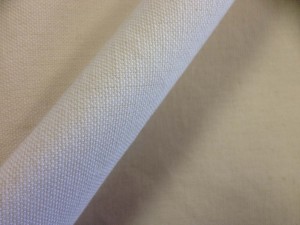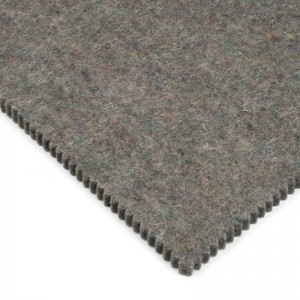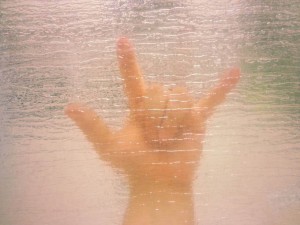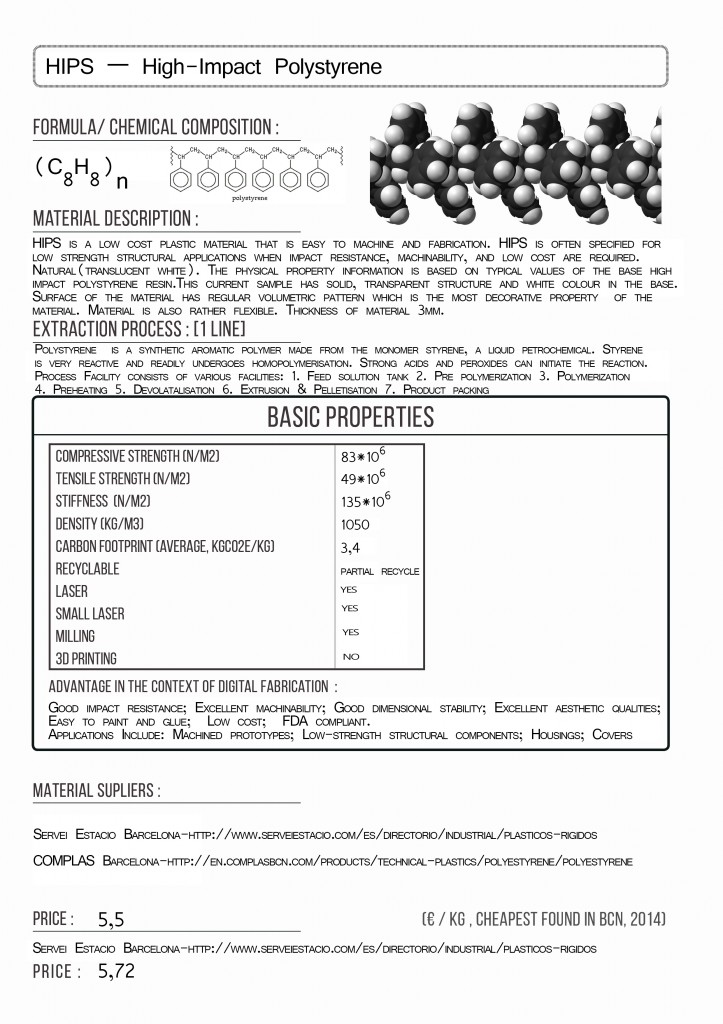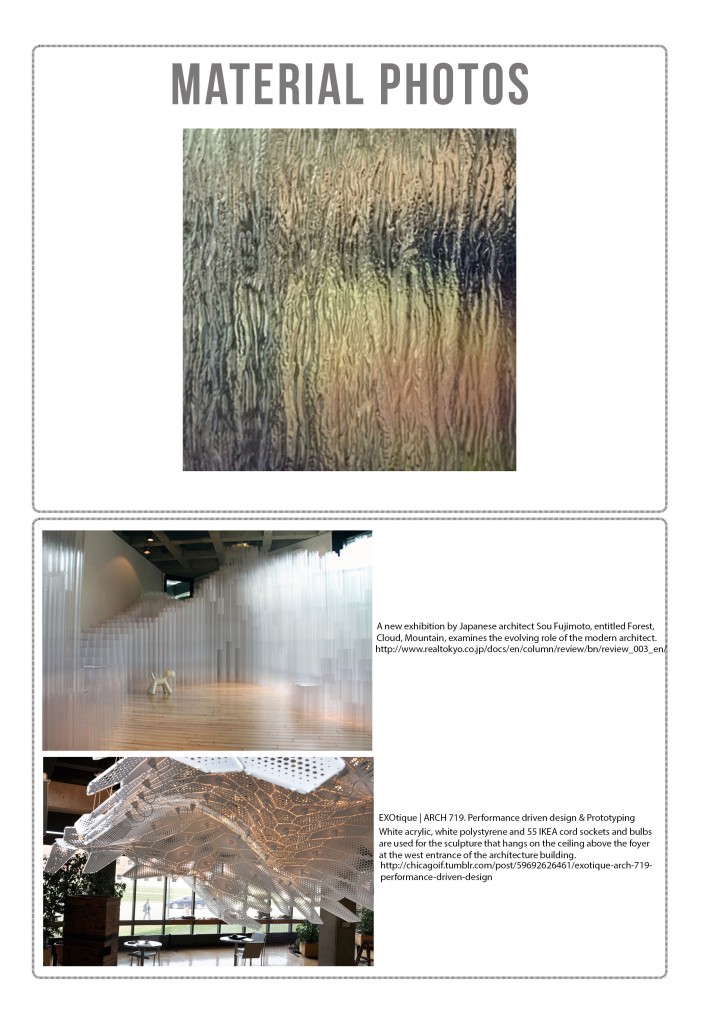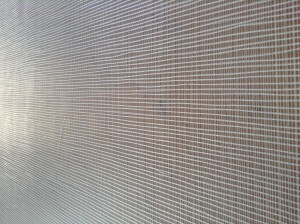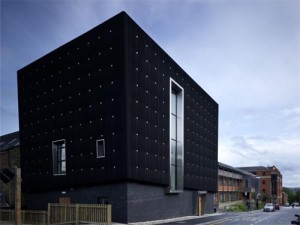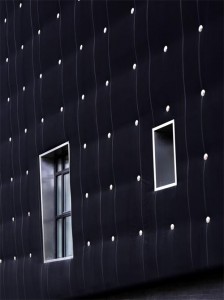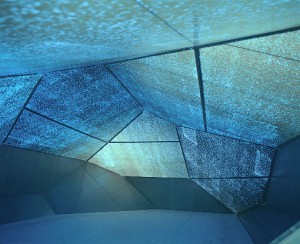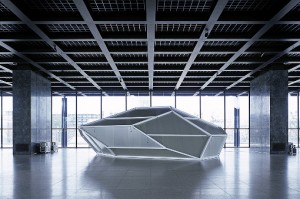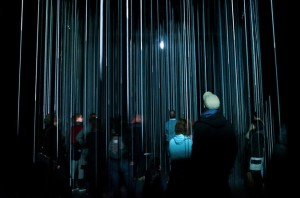Source: http://www.fabricandart.com/purchase/Oasis-organic-cotton-fabrics/Snow.html
100% COTTON CANVAS
CHEMICAL COMPOSITION:
The chemical composition of cotton, when picked, is about 94 percent cellulose; in finished fabrics it is 99 percent cellulose. Cotton contains: carbon, hydrogen, and oxygen with reactive hydroxyl groups. Glucose is the basic unit of the cellulose molecule.
Molecular Formula of Cellulose: (C6H10O5)n
MATERIAL DESCRIPTION:
Canvas is a heavy duty cotton-based fabric manufactured in a plain or twill weave that is often applied to a broad spectrum of uses. A sturdy and durable fabric often used in industrial applications, canvas is graded according to weight. It is used for making sails, tents, marquees, backpacks, and other items for which sturdiness is required. It is also popularly used by artists as a painting surface, typically stretched across a wooden frame and in the fashion industry to make handbags, shoes and cases for electronic devices.
EXTRACTION PROCESS:
Cotton fibers are extracted from the cotton seed by a process called retting. These fibers are spun into threads, which are then woven tightly into canvas.
BASIC PROPERTIES:
Compressive strength (N/m2) -
Tensile strength (N/m2) - 400 x 106 N/m2
Strength of wet cotton 20% higher
Stiffness (N/m2) – 12 x 109 N/m2
Density (g/cm3) - 1510 kg/m3
Carbon footprint (average,KGCO2E/KG) – 5,9 KGCO2 / ton of spun fiber
Recyclable - Yes
Laser – Yes
Small Laser - Yes
Milling -
3dprinting - No
ADVANTAGE IN THE CONTEXT OF DIGITAL FABRICATION:
- Cotton canvas is sturdy, at the same time stretchable, which makes it possible to stretch the material over a frame until it is taut. It is also very durable.
- It can be enlarged and reshaped according to individual requirements.
- Cotton yarns are versatile and tensile. It has water taxing effect which makes it supple and robust.
- It is easy available in the market and even on online stores.
MATERIAL SUPLIERS:
Casa Piera
Pintor Fortuny, 21
08001 Barcelona
934245401
http://www.casapiera.com/
PRICE :
9 Euro/meter
REFERENCES:
http://en.wikipedia.org/wiki/Canvas
http://readanddigest.com/what-is-canvas/
http://www.life.illinois.edu/ib/363/FIBERS.html
http://www.fao.org/docrep/007/ad416e/ad416e06.htm
http://www.sinsengguan.com/Artist%20cotton%20canvas1.html
http://cotton.missouri.edu/Classroom-Chemical%20Composition.html

